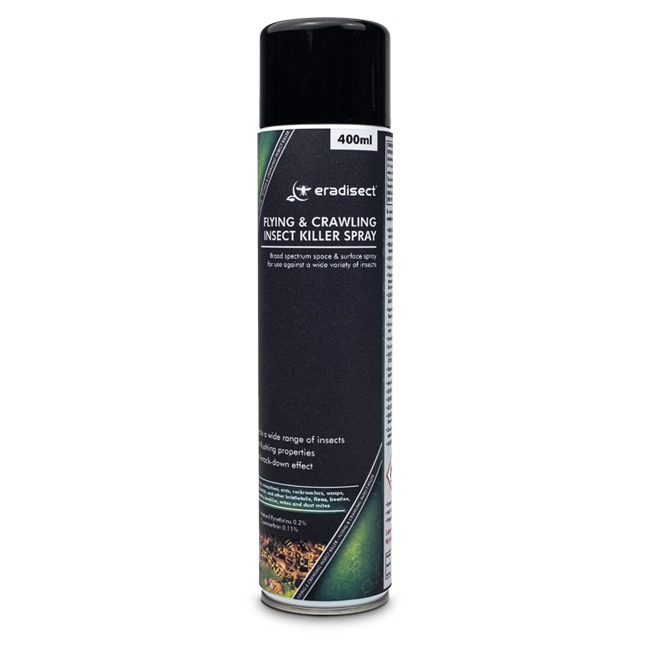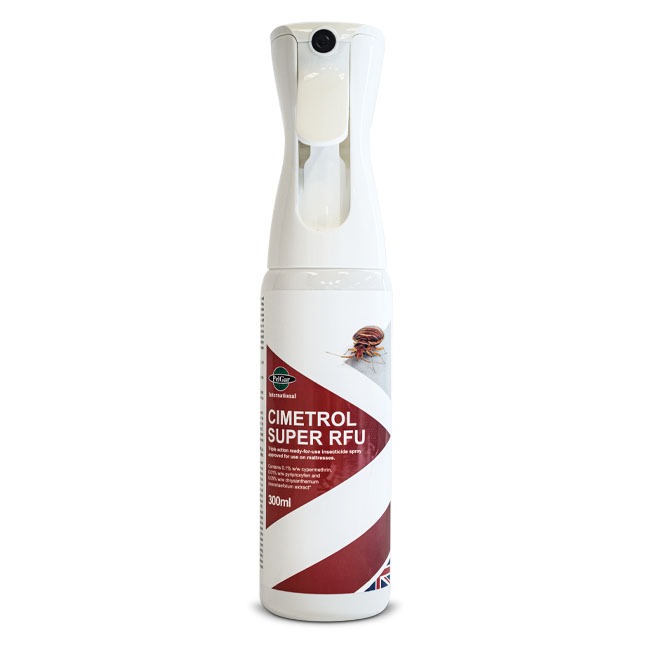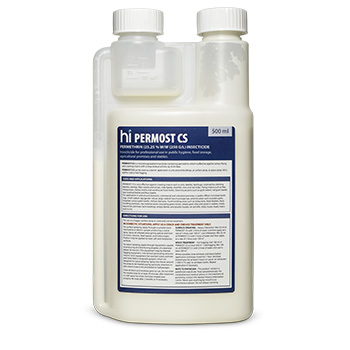Lesser Grain Borer (Rhyzopertha dominica)
The lesser grain borer is characterised as both an internal and external feeder and is a serious pest of both whole kernel stored grain and cereal products. The adults and larvae bore into undamaged kernels of grain, reducing them to hollow husks. They are also able to survive and develop in the accumulated "flour" produced as the seeds are chewed up. The lesser grain borer is primarily a pest in stored wheat and corn, but it can infest tobacco, nuts, beans, bird seed, biscuits, cassava, cocoa beans, dried fruit, peanuts, spices, rodenticide baits, and dried meat and fish.
Identification:
Adult beetle: 2.5 - 3 mm in length, black-brown in colour. The body has a slender cylindrical form and the head, not visible from above is hidden under the round neck-shield. The wing cases have distinct rows of pits running their length. The larvae are whitish with a yellow head.
Biology:
Adult females lay eggs singly or in groups of up to 30. The eggs are laid on the outside of the grain and a female can lay from 300 - 500 eggs. Development from egg to adult depends on temperature but in In hot conditions it may take as few as 30 days, but the average is about 58 days. Pupation takes place inside the hollow shell of the seed or in the "flour" that accumulates with infested grain.
Control:
The source of the infestation should be traced. Any affected foods should be discarded. The area should then be thoroughly cleaned, and a residual insecticide labelled for ‘crawling insects’ can be used. Stock rotation should be reviewed to ensure that products likely to be infested are used quickly. In the home, foodstuffs should be stored in tins or plastic containers.
Products to control Lesser Grain Borer:
|
Eradisect Flying and Crawling Insect Killer (600ml) |
Cimetrol Super RFU (300ml) |
Permost CS (500ml) |



